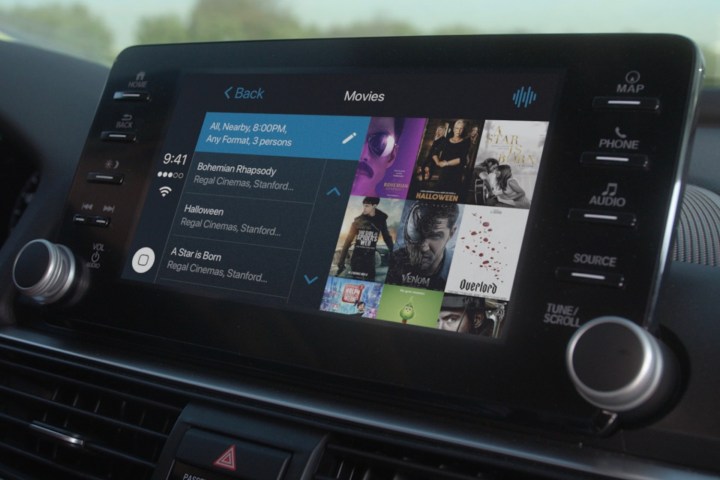
As if distracted driving wasn’t enough of an issue, Honda has come up with a way for people to buy things directly from their dashboards. The feature is part of a prototype infotainment system called Honda Dream Drive that debuted at CES 2019.
Honda first showed off this system at CES 2017, but it has evolved since then. In its current form, Honda Dream Drive includes specific features for both drivers and passengers.
More CES 2019 coverage
- Ford wants all of its cars to ‘talk’ and ‘listen’ to each other by 2022
- Bell is building a self-flying air taxi, and it brought a prototype to CES 2019
- Qualcomm shows off an A.I.-equipped car cockpit at CES 2019
- C-V2X system helps cars navigate intersections, even without a line of sight
The driver side of the equation is all about in-car purchases. Similar to General Motors’ Marketplace system, drivers can purchase things like food and fuel from their dashboards, without having to physically open their wallets.
Honda is partnering with Visa, MasterCard, and PayPal to make that possible. In addition to immediate purchases, Dream Drive allows drivers to make restaurant reservations, get movie tickets, or order food for pickup or delivery from GrubHub.
Passengers will get a funnel of content. They’ll be able to watch movies, listen to music, read comic books (DC Comics is partnering with Honda on this), and play “mixed-reality” games, according to Honda. Dream Drive also allows passengers to control the car’s radio and other cabin features from the rear seat. What’s significant is that none of this requires a built-in rear-seat entertainment system — it’s all done through passengers’ mobile devices.
Honda also cooked up a rewards program that lets customers earn points for using services, accessing content, or even playing games through Dream Drive. However, Honda was vague on exactly what those reward points could be used for.
Dream Drive is still in prototype form, and it’s unclear when Honda will roll it out on production cars. But given that GM has already launched its Marketplace, and Ford has its app-based FordPass service, it’s not hard to imagine Dream Drive making it into new Honda cars soon. But is that really a good idea?
Honda claims Dream Drive is designed to minimize distraction, but letting drivers scroll through dashboard screens to buy coffee still invites them to take some of their attention away from the road. Systems like Dream Drive may really come into their own if self-driving cars become commonplace. Freed from the responsibility of driving, people could very well become a captive audience for companies selling products and services.


